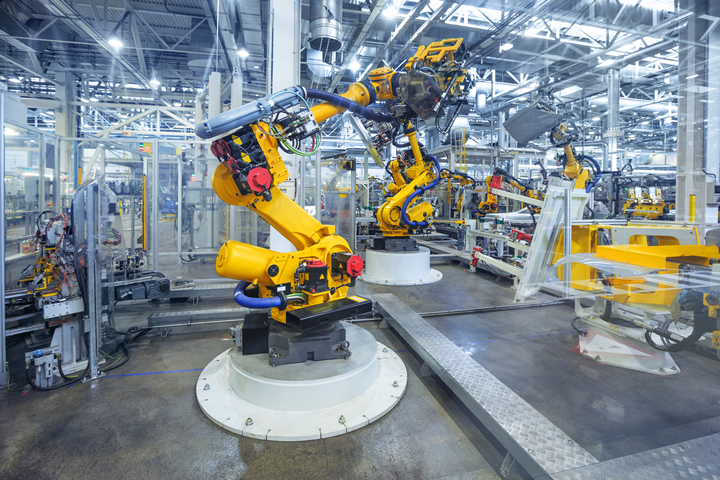South Korea Tops in the Use of Robot Workers with 1,012 Installed Units Per 10,000 Employees

Although China has made huge investments in industrial robotics over the past two years, it is still not the most automated nation on the planet. In fact, four other countries have a much higher number of operational robots in their manufacturing industries, and South Korea is the number one among them.
According to data presented by AltIndex.com, South Korea leads in using robot workers with 1,012 installed units per 10,000 employees or 2.5 times more than China.
South Korea has Almost 7x more Robot Workers than the Global Average; the United States and Most European Countries are Far Behind
According to the latest study by the International Federation of Robotics, South Korea leads the global race to industrial automation. According to the study, the country counts 1,012 installed robot workers per 10,000 employees, or almost 300 more than just five years ago. This figure is even more impressive when compared to other countries that have also made considerable investments in this field.
For instance, second-ranked Germany has 2.4 times fewer installed robot workers in its manufacturing industry than South Korea or 415. Japan ranks third on this list, with 397 robot workers per 10,000 employees.
Although China has made the biggest progress in the race to industrial automation of all surveyed countries, increasing the number of operational robots in its manufacturing industry to 392 units per 10,000 employees, up from only 97 five years ago, it still has a similar density to that of Japanese industry and ranks fifth in the world.
The United States is far from these figures, with 285 installed robot workers per 10,000 employees, or 85 more than in 2017. In Europe, robot density has seen a massive jump in the Swiss industry, with the ratio doubling from 129 to 296 robots per 10,000 employees. However, most other European countries had a much lower level of robotization. Statistics show Italy's manufacturing industry counts 219 robots per 10,000 employees in the manufacturing industry, while Belgium and France follow with 216 and 180, respectively.
Industrial Robotics Market to Tripple and Hit Over $36 Billion Value by 2030
With most countries still needing to make significant progress in the race to industrial automation, the outlook for the global industrial robotics market looks promising. In fact, according to Statista Market Insights, the entire market is set to witness years of double-digit growth, helping it to more than triple in size by the end of a decade.
The global industrial robotics market is expected to reach a value of $9.6 billion in 2024. Statista expects this figure to skyrocket by 275% and reach over $36.1 billion by 2030.
Comments (0)
This post does not have any comments. Be the first to leave a comment below.
Featured Product

